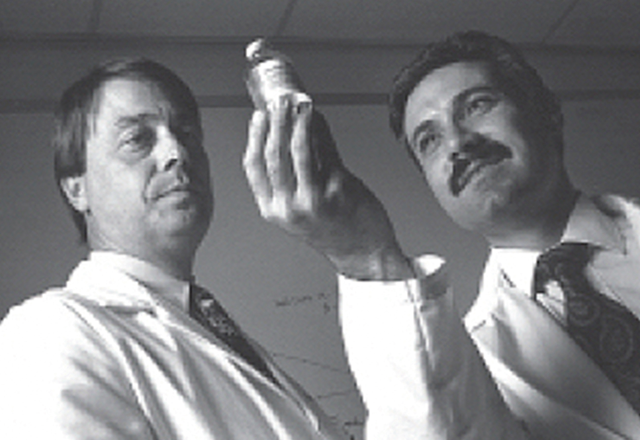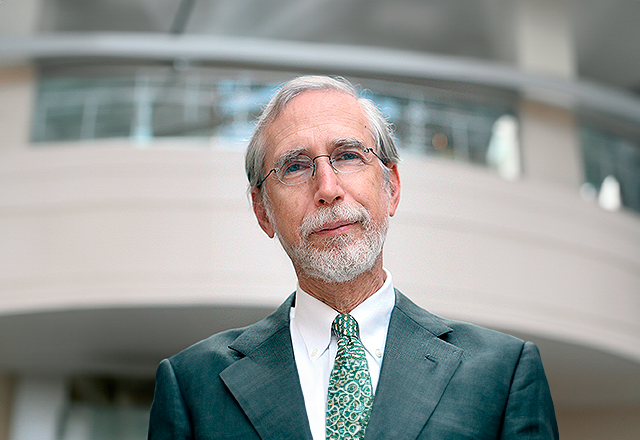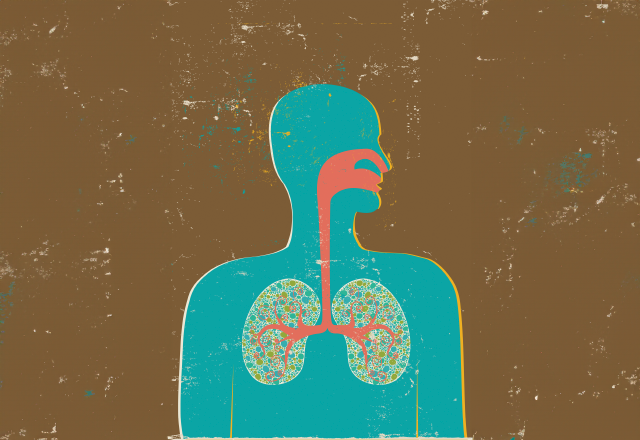50th Table of Contents

1970s
The National Cancer Act of 1971 leads to the creation of the National Cancer Institute. In 1973, the trustees of the University and Hospital approve construction of the Johns Hopkins Oncology Center, which opens in April 1977. The Center is among the first to earn comprehensive cancer center status and recognition as a “Center of Excellence.”

1980s
Our researchers begin to crack the cancer code, revealing it as a disease caused by an accumulation of genetic mistakes. This becomes the paradigm for much of modern cancer research, ushering in the age of molecular cancer biology with new gene-targeted therapies and paving the way for gene-based screening tests for cancer.

1990s
The field of epigenetics, characterized by chemical alterations to genes that support the growth and spread of cancer without mutating the DNA, becomes part of mainstream cancer medicine. The Cancer Center’s discoveries in genetics and epigenetics are regarded as the most relevant in cancer biology, earning the Center the nickname “Cancer Research Powerhouse.”

2000s
Translational, bench-to-bedside research
continues to be the hallmark of our Cancer
Center. Breakthroughs in research and clinical
care are facilitated by two new cancer research
buildings, and our Center is renamed in honor of
philanthropist Sidney Kimmel.

2010s
Cancer care moves primarily to the outpatient
setting, and the Kimmel Cancer Center expands,
occupying the largest footprint at Johns Hopkins.
Breakthroughs in immunotherapy, using drugs
and vaccines to unleash the natural killing
power of the immune system against cancer, are
a key clinical advance. Multidisciplinary Clinics,
with specialists from all fields related to cancer
care working together, become the standard,
leading to improved therapies and survival.

2020s
Entering the digital age of cancer medicine,
advanced computer technologies, such as
machine learning, are making sense of the
billions of data points generated in modern
cancer research and medicine to predict the
best treatment options for each patient,
understand disparities and close gaps, improve
cancer detection, and reveal novel ways to
combat cancer.

